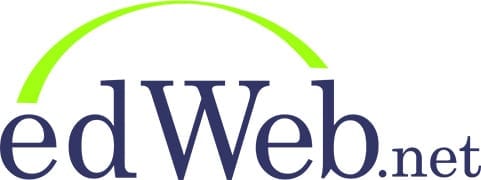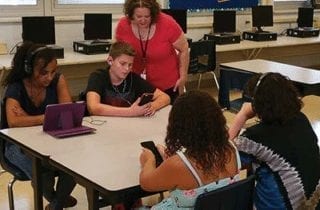Teachers and related service providers across early, middle, and secondary grades are invited to join this webinar with Dr. Nickola Wolf Nelson to gain new insights for identifying struggling readers and writers, understanding their needs, and helping them improve.
Learning Ally sponsors the free Professional Learning Community (PLC) on edWeb, Empowering Struggling Readers. This PLC provides webinars and resources that help support students with dyslexia and specific learning disabilities. Here, educators, administrators, special educators, curriculum leaders, and librarians can collaborate on how to make thriving students out of struggling readers. Empowering Struggling Readers also provides insight on assistive technology, accommodations, and overall solutions to foster academic success and a love of reading in students.
Denver Public Schools and Learning Ally joined forces to find solutions to bridge this content and education gap. In this webinar, Rob Frantum-Allen (Director of Integrated Services) and Jackie Bott (Assistive Technology Coordinator) will explain how the organizations created a strategically designed model program where assistive technology (AT) is being integrated into educational efforts.
One in five students has dyslexia – that translates to 20% of the student population. What might be seen as laziness or acting out in reality is a student inwardly struggling with reading, writing, and spelling. Learn more about why students struggle, what to look for, and how to support dyslexic students in your district with appropriate accommodations and interventions.




